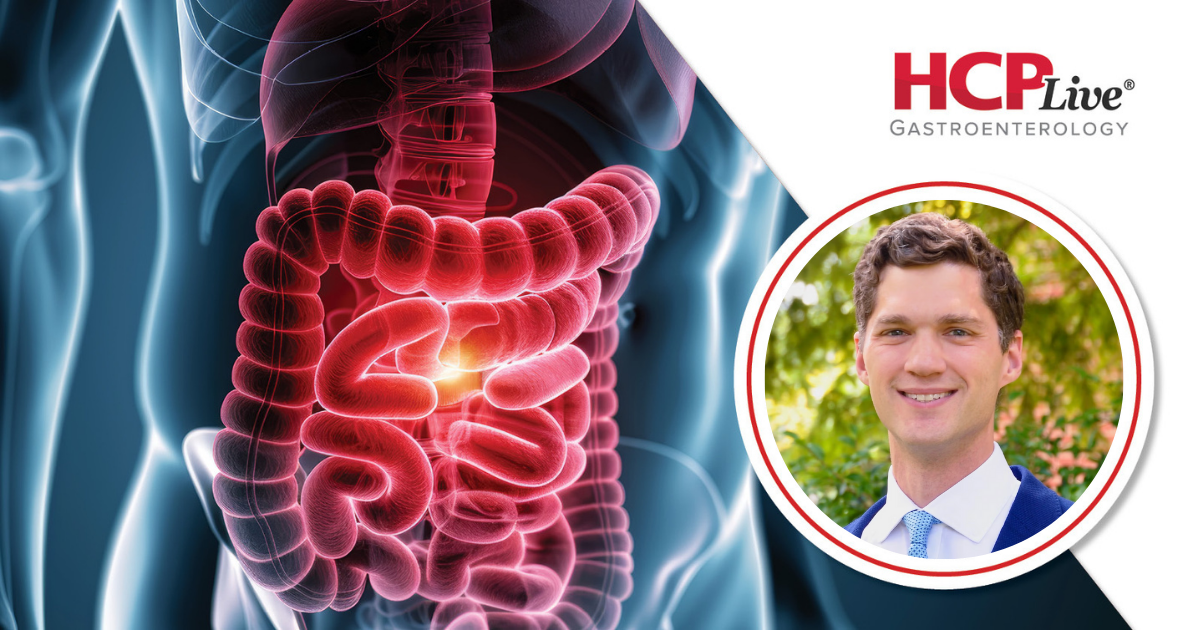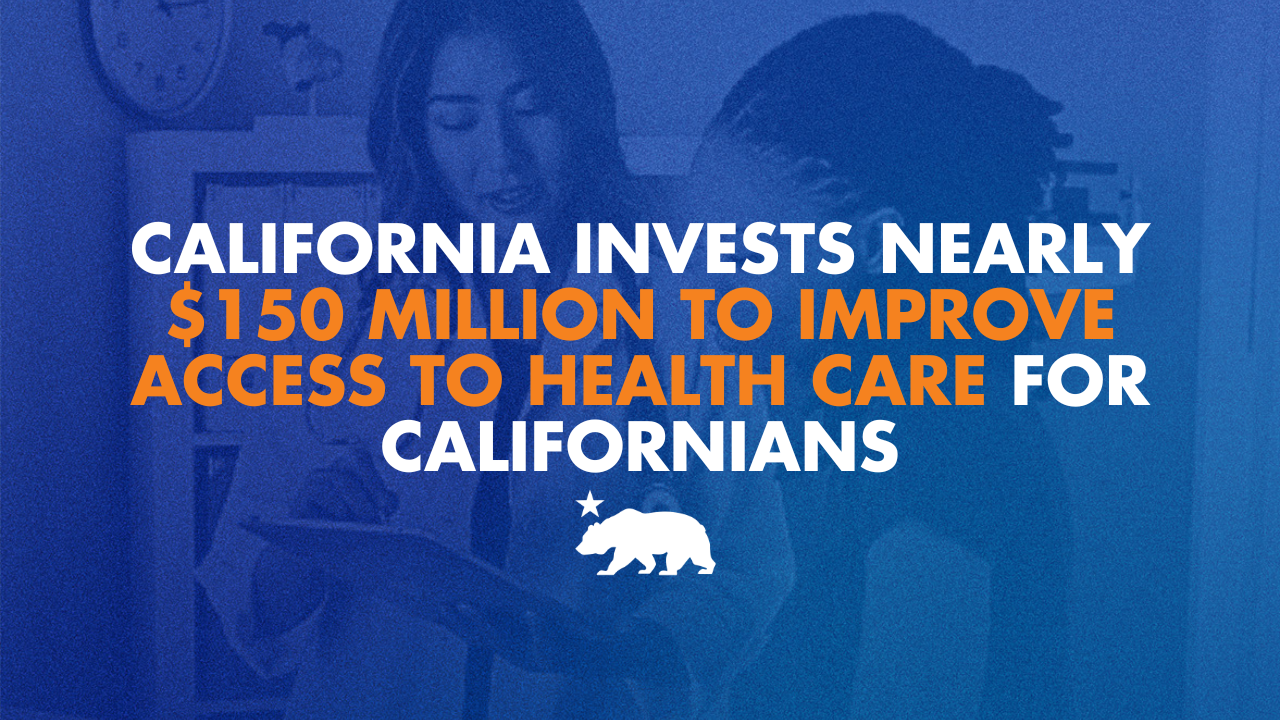Closing the Diagnostic Gap in Eosinophilic Esophagitis, With Walker Redd, MD – HCPLive

Report on Diagnostic Deficiencies in Eosinophilic Esophagitis and Implications for Sustainable Development Goal 3
Introduction: Addressing Gaps in Chronic Disease Management
Significant delays in the diagnosis of Eosinophilic Esophagitis (EoE), a chronic non-communicable disease, present a substantial challenge to achieving key health outcomes outlined in the United Nations Sustainable Development Goals (SDGs). Specifically, these delays undermine progress toward SDG 3: Good Health and Well-being, which emphasizes access to quality essential healthcare services and the effective management of non-communicable diseases. A recent study highlights a critical gap in diagnostic practice during emergency presentations of esophageal food impaction (EFI), a common manifestation of undiagnosed EoE, revealing missed opportunities for timely intervention.
Study on Biopsy Practices in Emergency Settings
Data presented at the American College of Gastroenterology (ACG) Annual Scientific Meeting provided a real-world analysis of diagnostic practices for patients presenting with EFI. The study’s findings underscore a systemic failure to adhere to established diagnostic guidelines, directly impacting patient well-being and contravening the principles of SDG Target 3.4 (reduce premature mortality from non-communicable diseases through prevention and treatment).
Methodology
A retrospective cohort study was conducted to assess biopsy rates and diagnostic follow-up.
- Data Source: Deidentified electronic medical records from a repository covering 58 gastroenterology practices.
- Geographic Scope: Six U.S. states.
- Time Period: January 2018 to June 2024.
- Inclusion Criteria: Adult patients (≥18 years) with at least one emergency department (ED) visit for EFI and a minimum of 12 months of subsequent data.
Key Findings: A Barrier to Quality Healthcare (SDG Target 3.8)
The results demonstrate a significant deficiency in the provision of quality essential healthcare services, a cornerstone of SDG Target 3.8. The failure to perform a necessary diagnostic procedure (esophageal biopsy) at the point of care leads to prolonged diagnostic journeys and delayed treatment.
Patient Cohort and Initial Procedures
- A total of 2,566 patients with EFI-related ED visits were identified.
- Of these, 2,534 (98.8%) underwent an esophagogastroduodenoscopy (EGD) during the index visit.
- The mean age at presentation was 59 years, with 48.6% of patients being female.
Analysis of Diagnostic and Follow-up Rates
The study revealed unacceptably low rates of biopsy and subsequent follow-up, representing a critical failure in the care continuum.
- Low Biopsy Rate: Only 739 patients (29.2%) had esophageal biopsies collected during the index EGD, despite this being a required step for EoE diagnosis according to ACG guidelines.
- EoE Diagnosis: Among the small cohort that received biopsies, 191 patients (25.8%) were diagnosed with EoE, confirming EFI as a strong indicator of the underlying condition.
- Poor Patient Follow-up: Of the 1,795 patients (70.8%) who did not receive biopsies, a significant portion were lost to the healthcare system.
- 46.6% (837 patients) were lost to follow-up entirely.
- Only 11.5% (206 patients) received a follow-up EGD within one year.
Conclusion and Recommendations for Advancing SDG 3
The persistently low rate of esophageal biopsies during EGD for food impaction is a significant quality-of-care issue that directly impedes progress toward SDG 3. This diagnostic gap prevents timely treatment, prolongs patient suffering, and increases the burden of a chronic non-communicable disease.
A Call for Quality Improvement
These findings present a clear opportunity for targeted quality improvement initiatives aimed at aligning clinical practice with established guidelines and the broader goals of ensuring good health and well-being for all.
Strategic Recommendations
To address these deficiencies and advance global health targets, the following actions are recommended:
- Standardize Biopsy Protocols: Implement and enforce clinical protocols that mandate esophageal biopsies at the time of EGD for all cases of food impaction to ensure adherence to diagnostic standards, directly supporting SDG Target 3.8.
- Strengthen Health Information Systems: Improve communication pathways to ensure biopsy results are consistently delivered to both the managing physician and the patient, enabling shared decision-making and prompt initiation of therapy.
- Enhance Patient Retention and Follow-up: Develop systematic processes to ensure patients presenting with EFI receive appropriate outpatient follow-up, preventing individuals from being lost to care and ensuring continuity in managing chronic conditions as envisioned by SDG 3.
Analysis of Sustainable Development Goals in the Article
1. Which SDGs are addressed or connected to the issues highlighted in the article?
SDG 3: Good Health and Well-being
- The article directly addresses health-related issues, specifically the diagnostic challenges and management of eosinophilic esophagitis (EoE), a chronic, non-communicable disease. The core theme revolves around improving patient outcomes by addressing gaps in healthcare delivery, such as delayed diagnosis and inadequate follow-up. This aligns perfectly with the overarching goal of ensuring healthy lives and promoting well-being for all at all ages. The discussion on the “unacceptably low” biopsy rate and missed opportunities for diagnosis highlights a significant challenge in providing effective healthcare, which is a central concern of SDG 3.
2. What specific targets under those SDGs can be identified based on the article’s content?
SDG 3: Good Health and Well-being
-
Target 3.4: By 2030, reduce by one-third premature mortality from non-communicable diseases through prevention and treatment and promote mental health and well-being.
- EoE is a chronic non-communicable disease. The article’s focus on the failure to perform timely biopsies and establish a diagnosis represents a significant barrier to effective treatment. Improving the diagnosis rate, as advocated by Dr. Redd, is a critical step in the management and treatment of this disease, thereby contributing to the prevention of long-term complications and improving the quality of life for patients.
-
Target 3.8: Achieve universal health coverage, including financial risk protection, access to quality essential health-care services and access to safe, effective, quality and affordable essential medicines and vaccines for all.
- The article highlights a clear gap in the provision of “quality essential health-care services.” The fact that a biopsy, which is required for diagnosis according to clinical guidelines, is not routinely performed (“the biopsy rate at time of food impaction remains unacceptably low”) demonstrates a failure in the quality of care. Furthermore, the high number of patients “lost to follow up” (46.6% of those without biopsies) indicates a breakdown in access to continuous and comprehensive healthcare services.
3. Are there any indicators mentioned or implied in the article that can be used to measure progress towards the identified targets?
Indicators for SDG 3 Targets
Yes, the article provides specific quantitative data that can serve as indicators to measure progress:
-
Indicator: Percentage of patients with esophageal food impaction (EFI) who undergo esophageal biopsies during the index procedure.
- The article states that in the study cohort, only “739 (29.2%) had a code for biopsies” out of 2534 patients who underwent an EGD. This percentage is a direct measure of adherence to clinical guidelines and the quality of care provided. An increase in this rate would indicate progress towards Target 3.8.
-
Indicator: Rate of patient follow-up after an EFI-related emergency department visit.
- The study found that among patients who did not receive biopsies, “837 (46.6%) were lost to follow up.” This statistic is a critical indicator of gaps in the continuum of care. Reducing the percentage of patients lost to follow-up would signify an improvement in health system performance and access to care, aligning with Target 3.8.
-
Indicator: Rate of EoE diagnosis in patients presenting with EFI.
- The article notes that among the small group who received biopsies, “191 (25.8%) received an EoE diagnosis.” The overall diagnosis rate among all EFI patients is implicitly very low due to the low biopsy rate. Tracking the overall diagnosis rate would be a key indicator of improved treatment for this non-communicable disease, as per Target 3.4.
4. Create a table with three columns titled ‘SDGs, Targets and Indicators” to present the findings from analyzing the article.
| SDGs | Targets | Indicators |
|---|---|---|
| SDG 3: Good Health and Well-being | Target 3.4: Reduce premature mortality from non-communicable diseases through prevention and treatment. | Rate of EoE diagnosis in patients presenting with esophageal food impaction (EFI). |
| SDG 3: Good Health and Well-being | Target 3.8: Achieve universal health coverage, including access to quality essential health-care services. | Percentage of patients with EFI who undergo esophageal biopsies during index endoscopy (Baseline mentioned as 29.2%). |
| SDG 3: Good Health and Well-being | Target 3.8: Achieve universal health coverage, including access to quality essential health-care services. | Percentage of patients lost to follow-up within one year after an EFI-related emergency department visit (Baseline mentioned as 46.6% for a specific subgroup). |
Source: hcplive.com
What is Your Reaction?
 Like
0
Like
0
 Dislike
0
Dislike
0
 Love
0
Love
0
 Funny
0
Funny
0
 Angry
0
Angry
0
 Sad
0
Sad
0
 Wow
0
Wow
0













































































